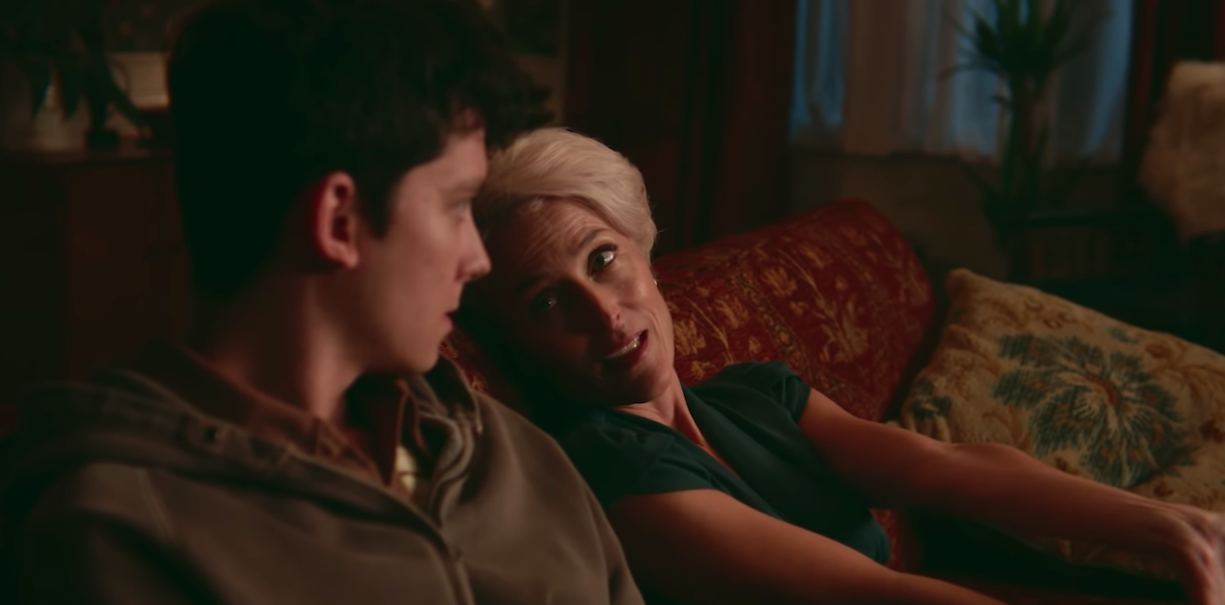Teen sex on screen isn’t really for teens. They may enjoy watching it, sure, but an accurate reflection of young love isn’t what writers have in mind when they write, cast, produce and edit shows like Sex Education.
If Sex Education was actually about seeing teens dealing with sex and relationships, there wouldn’t be nearly as much on-screen sex, close-ups of a girl’s orgasming face or full-frontal pictures of a 16-year-old (in the show) girl’s vagina. It’s not about wanting to see teens, it’s about casting 20-somethings to play out the fantasy of teenage life.
Teenage stories and sexual coming-of-ages aren’t about what it was like, it’s about how we remember it. It’s shocking to see high schoolers having sex — even if you know they’re really adult actors — but it’s also tapping into the nostalgia for the taboo of what it felt like the first time someone became aware of sex and drugs and all the things they weren’t supposed to do.
Tales of teenage romance are important, least of all because it shows some truth of teens having awkward, laughable sexual encounters. Whether or not the writers of Sex Education were experiencing a world of ridiculous sex in their adolescence where the most popular girl in school had the body of a 23-year-old model and fell in love with the skinny but sensitive nerd, they were thinking about that world. But they were overthinking and terrified or desirous or confused.
While Sex Education falls into this teenage fantasy, it also inverts traditional stereotypes, changing the way sexual roles are usually presented on television.
Aimee, played by Aimee Lou Wood, enjoys sex and isn’t afraid to go after it, but an episode is dedicated to her learning to masturbate and then demanding what she wants instead of trying to please others. She doesn’t learn how to stop treating herself as an object by not having sex, but rather by having sex that focuses on her.
Jean, played by Gillian Anderson, is a single mother and sex therapist. In the beginning she appears confident and seems to have her sexual life under control, but eventually her ability to make self informed decisions appears to falter and that same confidence is revealed to be paper thin.
Lily, played by Tanya Reynolds, finally finds someone who wants to have sex with her but she doesn’t know how to do it, and finds herself at square one all over again.
These women are different, but they’re all shown as agents of their own sexuality instead of controlled by it.
Stories of romance, especially teen romance, often have misleading endings. Teenagers rarely figure themselves out, much less how to solve a grand scheme and fall in love. But adults don’t either, and the ambiguity of their sexual lives leaves a lot for other shows, books and stories to learn.
The presentation of female sexuality is just a stepping stone. There’s also male sexuality as a source of anxiety and fear, closeted sexualities transferred to aggression and isolation, and the anxiety of being a parent and not knowing where new boundaries lie.
It’s not that all of these are new themes. But as seen in the show itself, representation is powerful. There aren’t many stories where a teenage girl decides to have an abortion, and it’s not even the main focus of the story on this show. It’s just a part of her life. Sex Education isn’t always realistic about teen sex, but they get the important stuff right.



